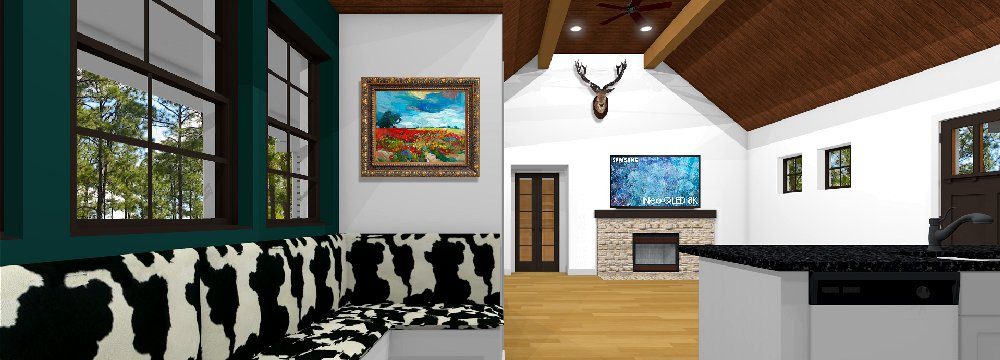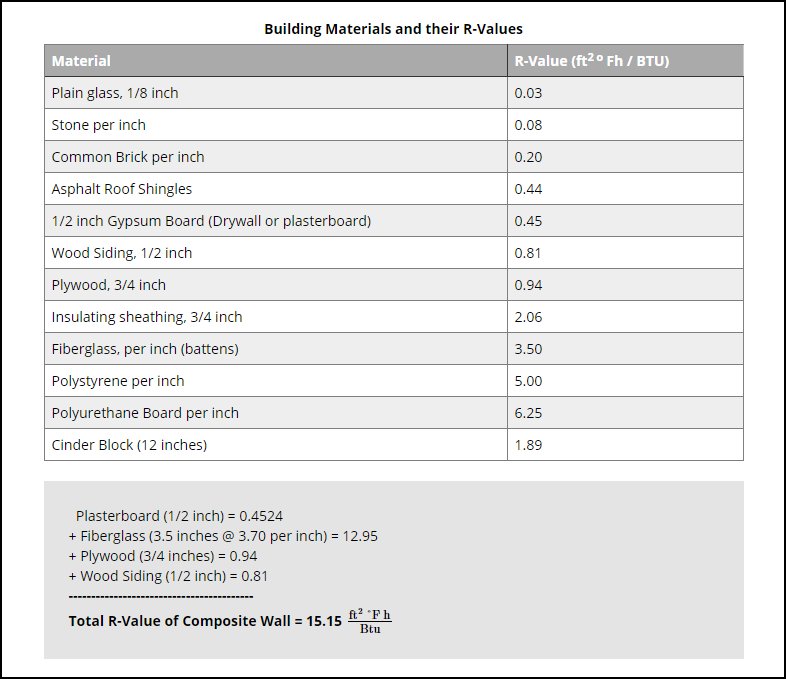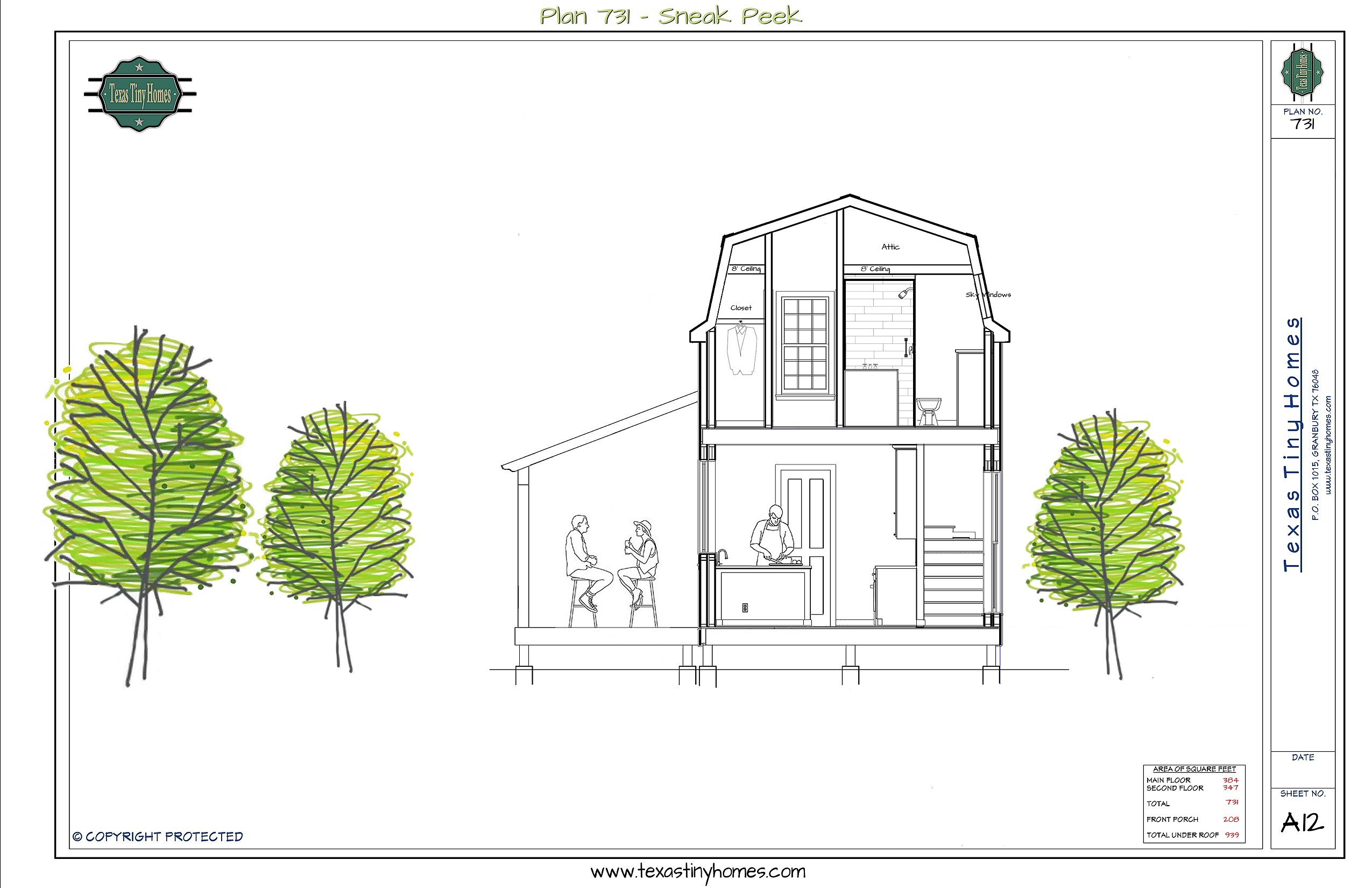Part of the allure with tiny and small homes is finding ways to live as economically as possible, as well as providing a zero, tiny or small carbon footprint. As a luxury home builder since 1977, my other company, Bryan Smith Homes helped pioneer energy efficient construction by trying out new products as they were introduced to the home building industry. Over the decades, I tried out a lot new energy saving products, but energy efficiency wasn’t a top priority of mine back then compared with the finish out details and the quality of construction I focused on the most 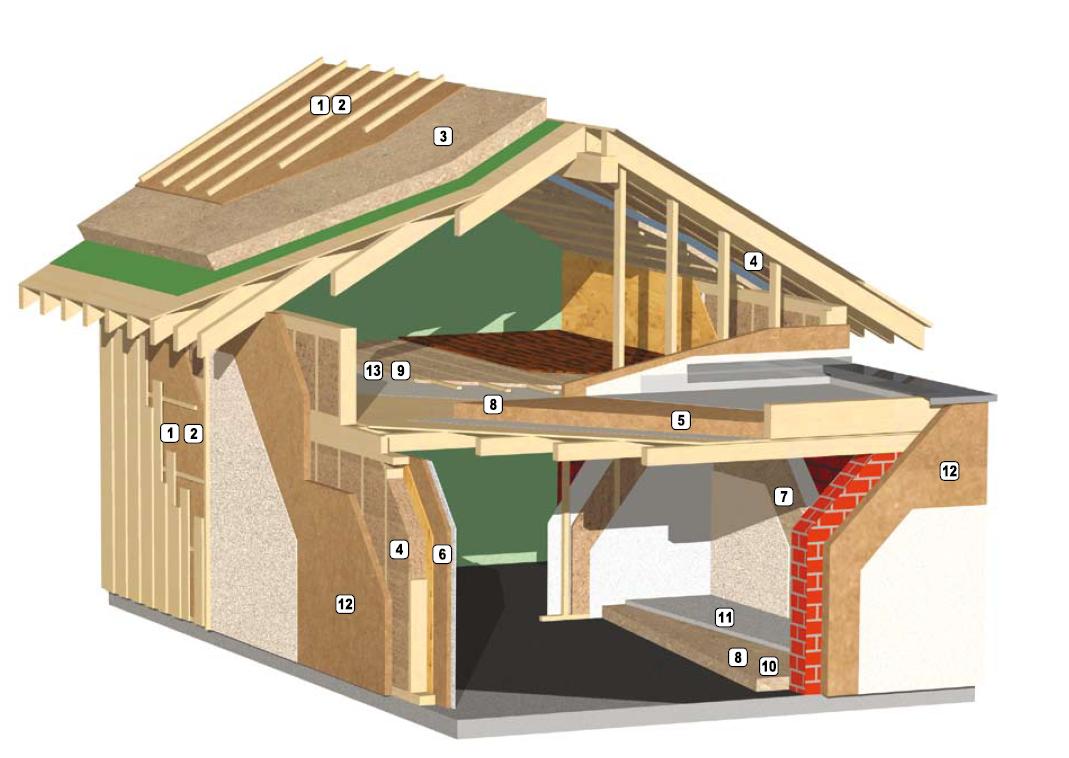 Courtesy of Ecological Building Systems
Courtesy of Ecological Building Systems
As I began designing my first Netzero type of home for myself that will also serve as a model for a community in Granbury, Texas that we have purchased multiple lots in, I realized I needed to get up to speed with the latest products and construction methods now available. In my research, I discovered there so many more energy saving products available today than when I first start building homes, as well as new construction methods that provide some amazing results, including dual (double studs) wall systems like this example below. 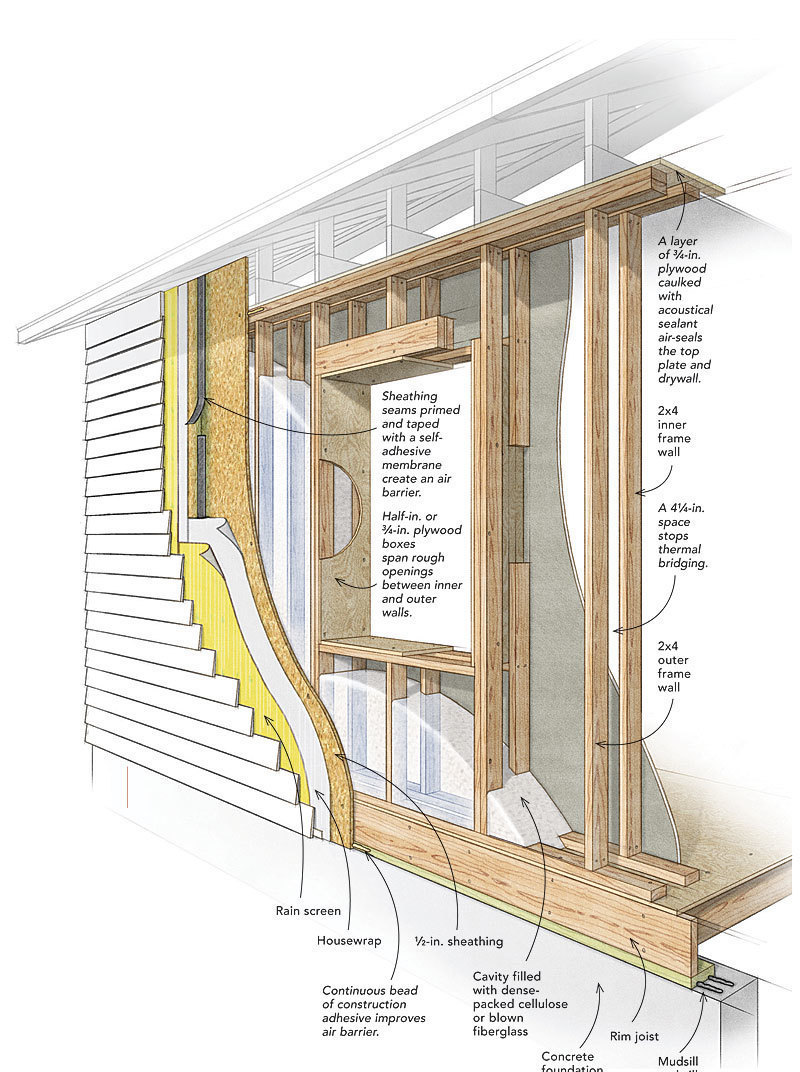 Courtesy of Fine Home Building
Courtesy of Fine Home Building
Double wall construction has been around for a while in the colder climate zones, but it’s not been something home builders typically offer in the south. I now realize that not only does the dual wall approach provide more space for multiple insulation options that provide a much higher R value, that approach also provides a thermal break. I had heard “thermal break” mention over the years, mainly with windows, but didn’t fully understand what that meant until I began researching Netzero construction methods. I now understand and am implementing thermal break technology with some plans I’m currently designing and planning to build in Granbury. This article provides an excellent explanation for what “thermal break” means, and this article describes what “thermal bridging” is, why it’s important to avoid thermal bridging when building a Netzero type of home.
The first image above provides a “R value” break down with items typically used to construction new single family homes. I’m surprised “stone” doesn’t provide much R value, and is considerably less than brick. One of the exterior sheathing products I found that provides really high R value, as well as creates a thermal break, and it eliminates the need for a house wrap is called ZIP Panels.
 This amazing product is available in different 4 thicknesses and R values. I’m planning to use the R 12 Zip Panels on my personal home, and the exterior walls of the home will be framed with 2″ X 6″ wall studs, and insulated with R23 Rock Wool wall batts. Between the Zip Panels and the Rock Wool batts, and the 5 1/2″ inch thick stone on the lower portion of the home, and the 1/2 thick siding on 2nd story, the exterior walls of my home will have an R value of a little over R35, which is almost three times the required amount for Granbury’s climate zone.
This amazing product is available in different 4 thicknesses and R values. I’m planning to use the R 12 Zip Panels on my personal home, and the exterior walls of the home will be framed with 2″ X 6″ wall studs, and insulated with R23 Rock Wool wall batts. Between the Zip Panels and the Rock Wool batts, and the 5 1/2″ inch thick stone on the lower portion of the home, and the 1/2 thick siding on 2nd story, the exterior walls of my home will have an R value of a little over R35, which is almost three times the required amount for Granbury’s climate zone. 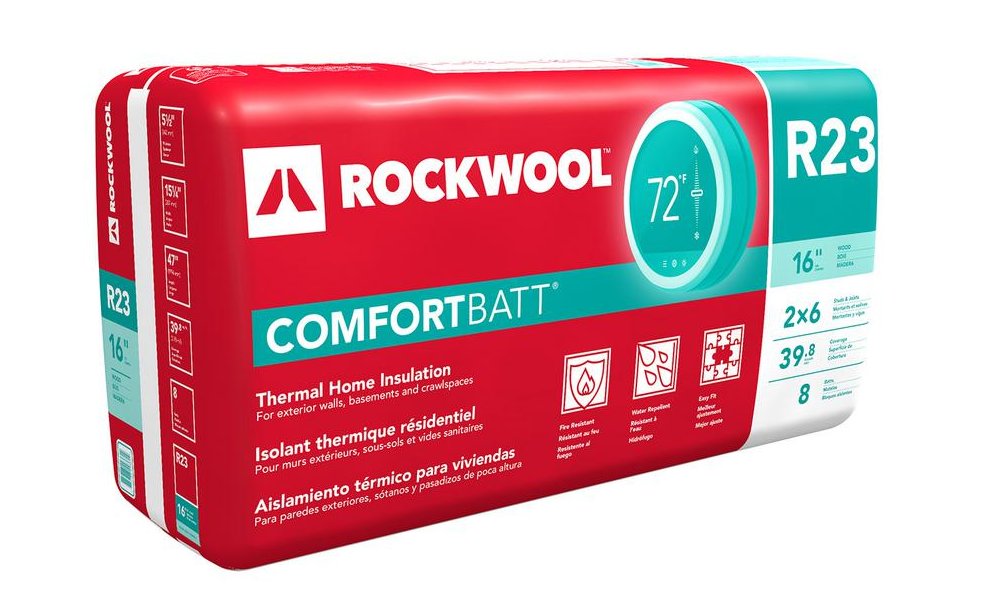
Traditionally, windows and exterior doors have been the weakest energy efficiency link in a building envelope, providing very little R value, but there are some companies now offering R10 and R12 windows, which is quite a bit higher than most Energy Star rated windows.
If you would be interested in Texas Tiny Homes designing you a super energy efficient home this link provides information on that and what is included in a set of plans.
